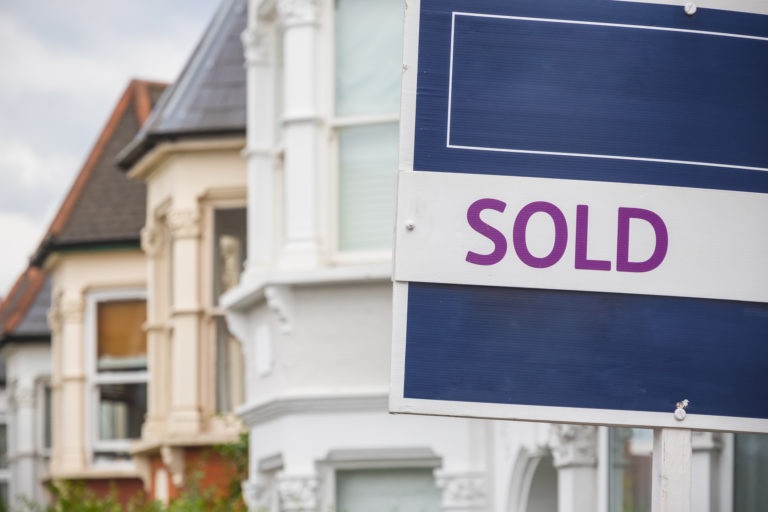Despite the challenges presented by COVID-19, the UK housing market remained resilient and is set to have a record-breaking year. What will happen in the second half of this year and in 2022?
The Intermediary Mortgage Lenders Association (IMLA) published a report on how the COVID-19 pandemic impacted the UK economy and mortgage and housing market one year on. The association also made predictions for the second half of this year and 2022.
Economy and unemployment levels
The UK economy has staged a strong recovery from the slump caused by COVID-19. Despite the imposed lockdown restrictions, UK output in May 2021 was only 3.2% below the figure from February 2020, which was prior to the first lockdown.
Unemployment levels have also been lower than previously forecast. The Office for Budget Responsibility predicted unemployment to reach 7.5% by Q2 2021. However, it was only 4.8% in April and was down from 5.2% in November.
Property transactions and mortgage lending
The UK housing market defied forecasts, staging a sharp recovery in transaction levels and house prices. With buying demand at such high levels, the market has been characterised by inadequate levels of supply since the middle of 2020.
This compounded with the stamp duty holiday further pushed up house prices. The housing market has hit record-breaking levels in 2021. The average UK house price recently hit a record high of £237,000, according to Zoopla.
With this strong activity in the housing market, this has led to a surge in mortgage lending as well. Throughout the first five months of 2021, lending for house purchases was 87% above the same period in 2020. It was also 51% higher than the same period of 2019.
What will happen in the rest of the year?
After the stamp duty holiday fully ends in September, a more subdued picture is expected for the rest of the year. And house prices are only expected to fall if interest rates are raised substantially. IMLA forecasts house prices to be broadly flat in the second half of the year.
IMLA was already predicting that 2021 would see the highest level of mortgage lending since 2007. However, the association has increased its forecast for mortgage lending from £283bn to £285bn.
Kate Davies, executive director of IMLA, says: “Following a difficult period in the wake of the coronavirus crisis, it is very encouraging to see yet another positive prediction for the remainder of 2021.
“Our findings forecast that 2021 will see the highest level of mortgage lending since 2007 and, with a combination of Government support helping to underpin new purchases and a bumper year for product maturities, we expect this high demand to continue.”
What are the predictions for 2022?
The stamp duty has caused many buyers and investors to bring forward plans to buy property. Because of this, IMLA cut their prediction for gross lending for next year from £286bn to £280bn. The association also predicts house prices to rise by 1.6% in 2022.
A growing number of businesses are implementing a hybrid working model with a mix of office and home working. Professionals will have a greater choice over location of where to live. And the race for space will likely continue as well.
The rise in the hybrid working model and fully remote working could lead to more office space becoming available for conversions to homes. Additional housing is needed to keep up with the growing demand and the lack of supply.
The executive director of IMLA concludes: “However, with the Stamp Duty holiday soon coming to an end, and the Help to Buy scheme due to conclude in 2023, there is still a need for a coherent, long-term housing strategy from the Government that embraces the public as well as the private sectors – and delivers a market that meets Britain’s housing needs for the decades to come.”










